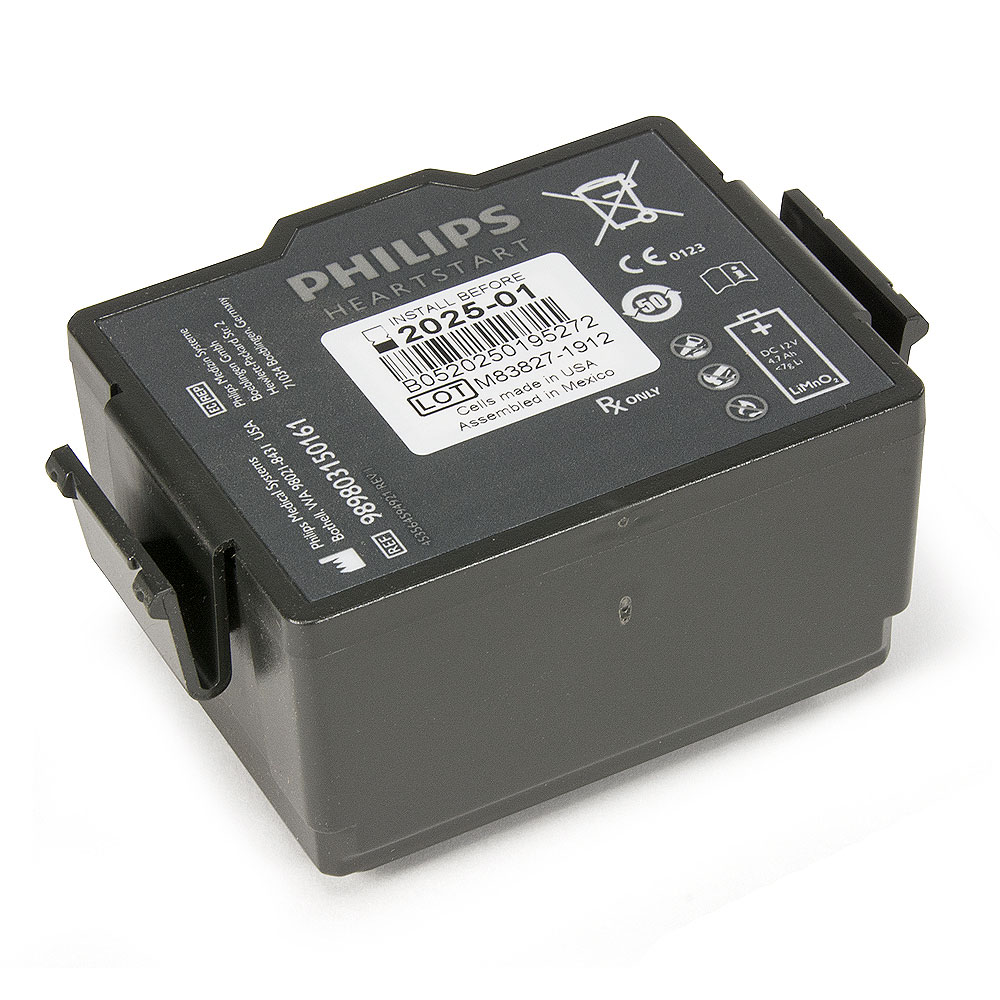Automated External Defibrillators (AEDs) save lives. Whether in schools, offices, sports facilities, or community centers, having an AED on-site can make the difference between life and death during a cardiac emergency. However, many organizations hesitate to purchase AEDs due to their cost. Fortunately, AED grants make it possible to acquire these life-saving devices without heavy financial strain.
This guide explores what AED grants are, where to find them, and how to successfully apply for funding to protect your community or workplace.
Understanding AED Grants
An AED grant is financial assistance provided by government programs, private foundations, or corporations to help organizations purchase Automated External Defibrillators. These grants may cover the full cost of the device or offer partial funding for equipment, installation, and training.
AEDs are essential tools that deliver an electric shock to a person experiencing sudden cardiac arrest (SCA). Since every minute without defibrillation reduces survival chances by 7–10%, quick access to an AED is critical. Grant programs aim to ensure that public places are equipped with AEDs to improve community safety.
Why AED Grants Matter
The importance of AED grants extends far beyond financial savings. Here are a few key reasons they matter:
Increased Accessibility
Many small organizations, schools, and nonprofits operate on tight budgets. AED grants make these devices accessible, ensuring that safety isn’t limited by financial resources.
Enhanced Public Safety
AEDs in public areas such as gyms, malls, and workplaces dramatically improve survival rates for sudden cardiac arrest victims. Grants expand AED availability across communities.
Promoting Awareness and Training
Many AED grants also include funds for CPR and AED training, helping create a more prepared and confident public.
Legal and Compliance Benefits
In some regions, laws require AEDs in specific facilities like fitness centers or schools. Grants help organizations meet these regulations without financial burden.
Who Can Apply for AED Grants?
AED grants are open to a wide variety of applicants, depending on the funding source. Typically, the following organizations are eligible:
Schools and universities – to protect students, staff, and visitors.
Nonprofit organizations – especially those focused on health, community service, or youth programs.
Public safety departments – such as police, fire, and emergency response teams.
Sports facilities and gyms – where physical activity increases the risk of cardiac events.
Faith-based institutions – churches, mosques, and temples with large congregations.
Municipalities and local governments – seeking to enhance emergency response in public areas.
Businesses and corporations – particularly those in industries with high employee density.
Each grant program may have unique eligibility criteria, so it’s important to review guidelines carefully before applying.
Types of AED Grants Available
AED grant programs come from multiple sources. Here are the main types:
1. Government Grants
National and local governments often fund AED placement initiatives. These grants may come through departments of health, education, or public safety. Examples include:
Community Health Grants
Public Safety Enhancement Programs
State-level Emergency Response Funds
Applicants may need to demonstrate community impact or data supporting the need for an AED in their area.
2. Corporate and Foundation Grants
Many companies and charitable foundations support public health initiatives. Brands in the healthcare, insurance, and sports sectors often provide AED funding. Notable examples include:
The American Heart Association (AHA)
Final Thoughts
AED grants open doors for communities, schools, and organizations to become better prepared for cardiac emergencies. By investing time in research, crafting a detailed application, and emphasizing community impact, you can secure funding to bring life-saving technology to your facility.
read more. https://unitedaed.com/co
Overview
- Condition: Used





